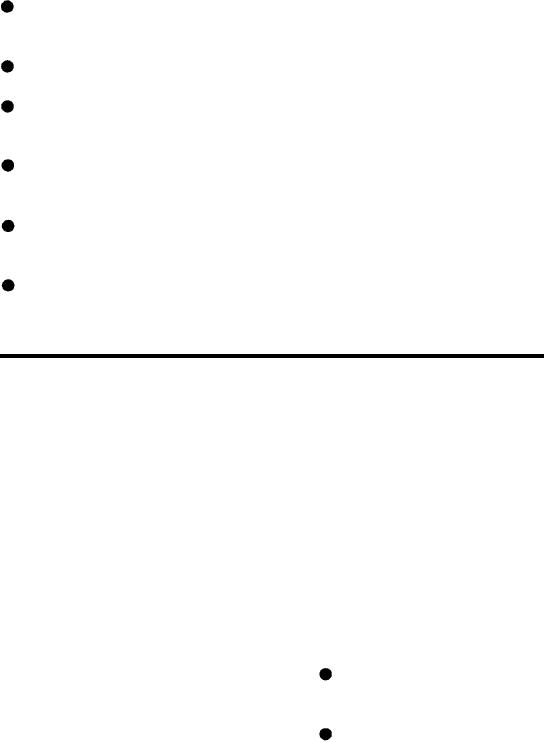CHAPTER 17
SEWAGE SYSTEMS
LEARNING OBJECTIVES
Upon completion of this chapter, you will be able to do the following:
Explain the ways local waters become polluted, and recognize the means of
controlling pollution aboard ship.
Identify the pollution control acts and discuss the contents of each.
Identify the components of the collection, holding, and transfer (CHT)
system, and describe the function of each component.
Identify the different types of CHT systems used aboard Nay ships, and
describe the modes of operation.
Describe the procedures for performing preventive maintenance on holding
tank systems.
Describe the basic sanitation precautions and safety procedures for the
prevention of disease and personnel injury.
ENVIRONMENTAL POLLUTION
INTRODUCTION
CONTROL
One of our major concerns is the pollution of
It was once routine for ships to discharge
U.S. waters. Our streams, lakes, and coastal waters
sewage directly overboard. Then on October 18,
are being contaminated by vessels, factories, and
1972, Public Law 92-500 was passed by the Senate
individuals through careless dumping of harmful
materials. These materials include everyday
and the House of Representatives. It is known as
trash and refuse, oil, chemicals, sewage, and waste
t h e Federal Water Pollution Control Act
Amendments of 1972. The objective of PL 92-500
water.
is to restore and maintain the chemical, physical,
In this chapter, you will learn about the
and biological quality of the nation's waters. The
goals set by PL 92-500 are as follows:
administrative actions that have been taken to
Most of the chapter will deal with systems used by
To eliminate the discharge of pollutants into
the Navy, the health hazards, and the safety
our nation's navigable waters by 1985.
guidelines used in operating and maintainingsewage
systems.
To attain water quality, where possible, for
the protection of fish, shellfish, and wildlife,
and to provide for recreation in and on the
waters by July 1, 1983.
17-1






